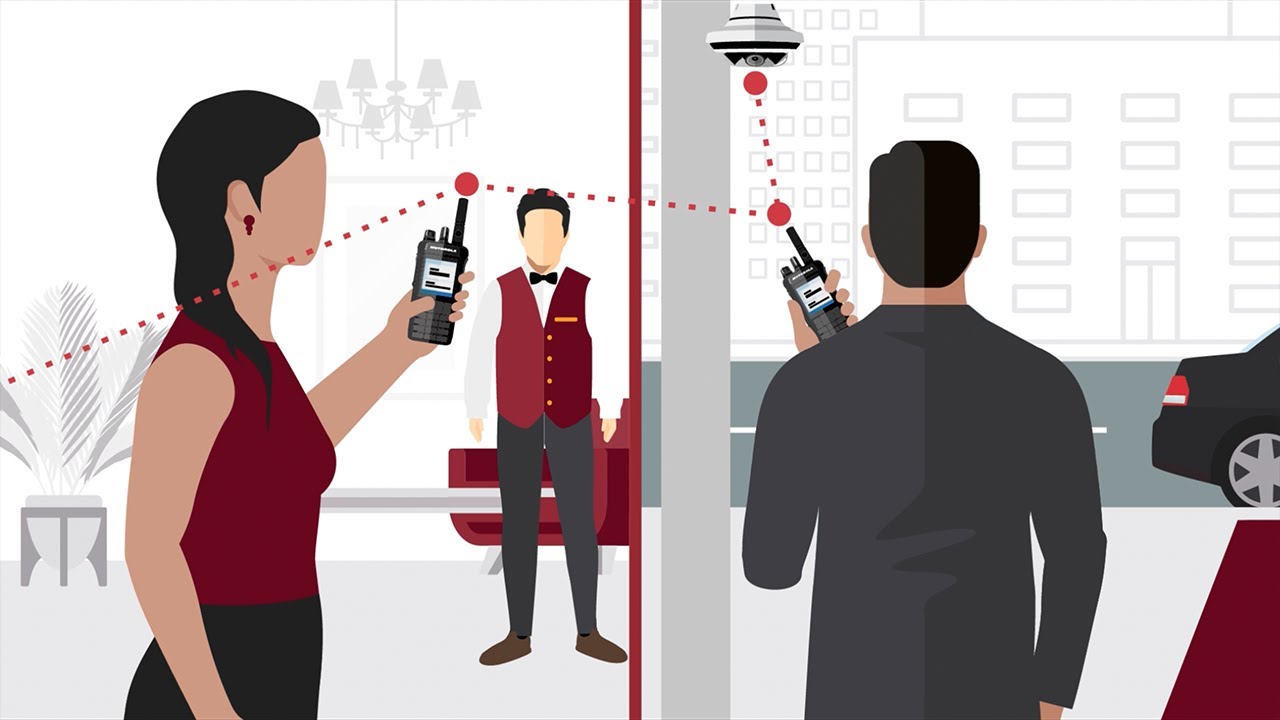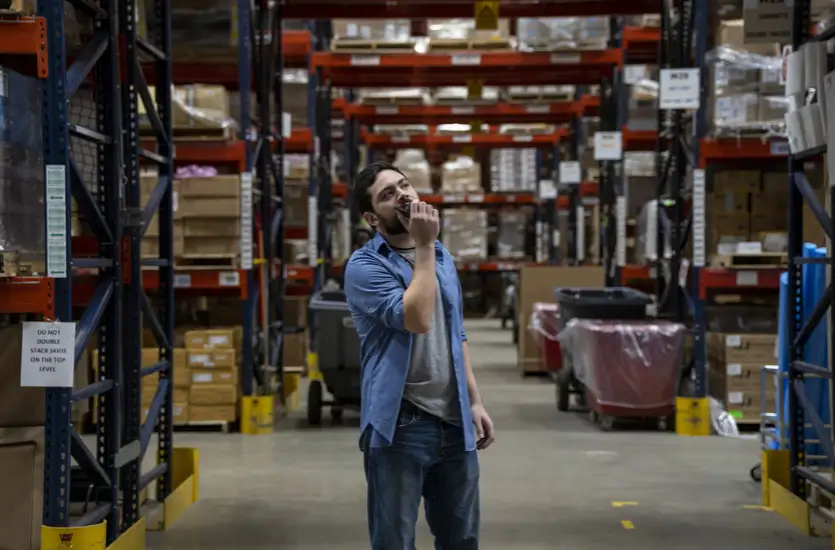One unexpected accident on the job site can throw off a whole day’s work—or worse. But beyond the immediate disruption, workplace accidents come with serious long-term consequences. According to the National Safety Council, work-related injuries and deaths cost employers, employees, and the nation an estimated $171 billion in 2019. For individual organizations, the average workers’ compensation claim now runs about $41,757. These are costs few businesses can afford to absorb, especially if accidents happen more than once.
But the financial toll isn’t the only concern. Frequent workplace accidents can damage a company’s reputation, create legal complications, and lead to increased turnover. Employees may begin to feel unsafe or unsupported, which can impact morale, productivity, and long-term loyalty. When workers don’t feel protected, it affects every part of the operation.
Thankfully, there is some good news. Many accidents are preventable—and the steps companies take today can pay off well into the future. Investing in accident prevention isn’t just a safety measure; it’s a smart business strategy. In the sections that follow, we’ll look at the long-term benefits of effective prevention efforts and explore best practices for creating a safer, more dependable work environment—starting with the importance of reliable communication systems that help teams respond quickly and stay informed in every situation.
Improved Employee Well-Being
There’s a direct connection between a safe work environment and employee well-being. When workers know their safety is a priority, it reduces stress, increases morale, and helps build trust in leadership. Over time, this sense of security leads to reduced turnover and stronger team engagement—both of which contribute to long-term stability.
Supporting well-being is a key factor in keeping employees around. Accident prevention isn’t just about avoiding harm—it’s also about creating a workplace where people feel valued and protected.
Increased Productivity
Accidents slow everything down. Whether it’s a minor injury or a major incident, disruptions take a toll on workflow and performance. A workplace with fewer safety incidents can operate more smoothly, with fewer delays and unexpected staffing issues. According to MIT Sloan Management Review, strong safety programs are directly linked to better performance outcomes. When employees aren’t worried about unsafe conditions, they’re able to focus on their tasks, work more efficiently, and maintain higher productivity levels across the board.
Stronger Company Reputation
A workplace that prioritizes safety builds more than just internal trust—it builds external credibility. A strong safety culture shows clients, partners, and potential employees that the organization takes its responsibilities seriously. This can play a major role in brand perception and recruitment. Word spreads quickly, and a positive reputation for safety can set a company apart in a competitive market. On the flip side, repeated incidents can raise red flags and damage public trust—especially if they’re seen as preventable.
Reduced Liability Risk
Workplace accidents don’t just disrupt operations—they can lead to serious legal and financial consequences. From lawsuits to regulatory fines, the costs of failing to prevent accidents can escalate quickly. Taking proactive steps to improve safety can help reduce these risks significantly. When organizations follow proper procedures, maintain equipment, and provide employees with the right tools and training, they lower their chances of facing liability issues. Preventing accidents isn’t just a moral responsibility—it’s a smart move to protect the business long-term.

Implementing Accident Prevention Measures in the Workplace
Clearly, we all want to create a safe place for our employees. And the reasons go far beyond saving money and preventing lawsuits—it’s just good business. So, how can businesses implement practices that reduce the risks of harmful accidents?
Create a Comprehensive Communication Plan
Communication is where it starts. Every workplace needs a communication plan that outlines how information is shared, who reports to whom, and what channels are used in different situations. Clear, reliable communication is critical—not just for responding to incidents, but for preventing them altogether. A good plan should include tools like mobile radios, portable two-way radios, and a dependable MOTOTRBO infrastructure. These solutions, available through EMCI Wireless, help teams stay connected whether they’re on a construction site, in a warehouse, or managing field operations—keeping communication steady when it matters most.
Establish Rules for Proper Equipment Usage
Standardizing how equipment is used and maintained helps reduce risks, especially in industries like manufacturing where hazards are more common. Clear rules should cover inspection schedules, lockout/tagout procedures, and maintenance protocols. When equipment is handled consistently and safely, accidents become far less likely. These policies create safer work environments while also reducing downtime. Setting expectations—and training employees to meet them—ensures that safety isn’t left to chance.
Solicit Employee Feedback
Employees are often the first to spot safety issues or areas where procedures could be improved. Inviting feedback allows companies to catch small problems before they grow—and shows employees that their input is valued. This kind of open communication also supports employee well-being. When workers feel heard, they’re more engaged and more likely to speak up about potential hazards. Their insight can help shape better, more practical safety protocols across the board.
Form a Crisis Committee
A crisis committee serves as a first line of defense when an emergency occurs. These teams should include individuals from key departments—like operations, HR, and safety—who are trained to handle incident response. Each member should have clear responsibilities, and the group should meet regularly to coordinate plans and run through scenarios. Fast, efficient coordination depends on reliable communication. With two-way radio repeaters and MOTOTRBO systems, crisis teams can stay in sync during high-pressure moments and respond more effectively to keep everyone safe.
Hold Regular Occupational Safety Meetings
Safety meetings are a simple but powerful way to keep safety top of mind. These sessions give teams the chance to discuss recent incidents, review safety protocols, and address any questions or concerns.
Topics can include updated regulations, new equipment procedures, or refresher training on common hazards. Holding these meetings on a regular schedule—monthly or quarterly—helps reinforce expectations and makes safety a shared responsibility. They’re also a great way to keep communication flowing across all levels of the organization, helping everyone feel more prepared and informed.
Safety Is Smart Business
Workplace accidents don’t just cause injuries—they disrupt productivity, damage morale, and hurt the bottom line. As we’ve explored, investing in effective accident prevention measures leads to long-term benefits like improved employee well-being, higher productivity, reduced liability, and a stronger company reputation.
Implementing a reliable communication plan, encouraging feedback, training employees on proper equipment use, and holding regular safety meetings are all practical steps that lead to safer, more efficient operations. When employees feel safe, they’re more likely to stay with your organization, helping to reduce turnover and build a more loyal, motivated team.
A safer workplace also makes your company more attractive to job seekers, giving you a leg up in a competitive hiring market. Bottom line: accident prevention isn’t just about compliance—it’s about creating a workplace where people want to show up and do their best work every day.
If you’re ready to improve communication and safety across your operations, contact EMCI Wireless to explore solutions that support a safer, more productive future.

